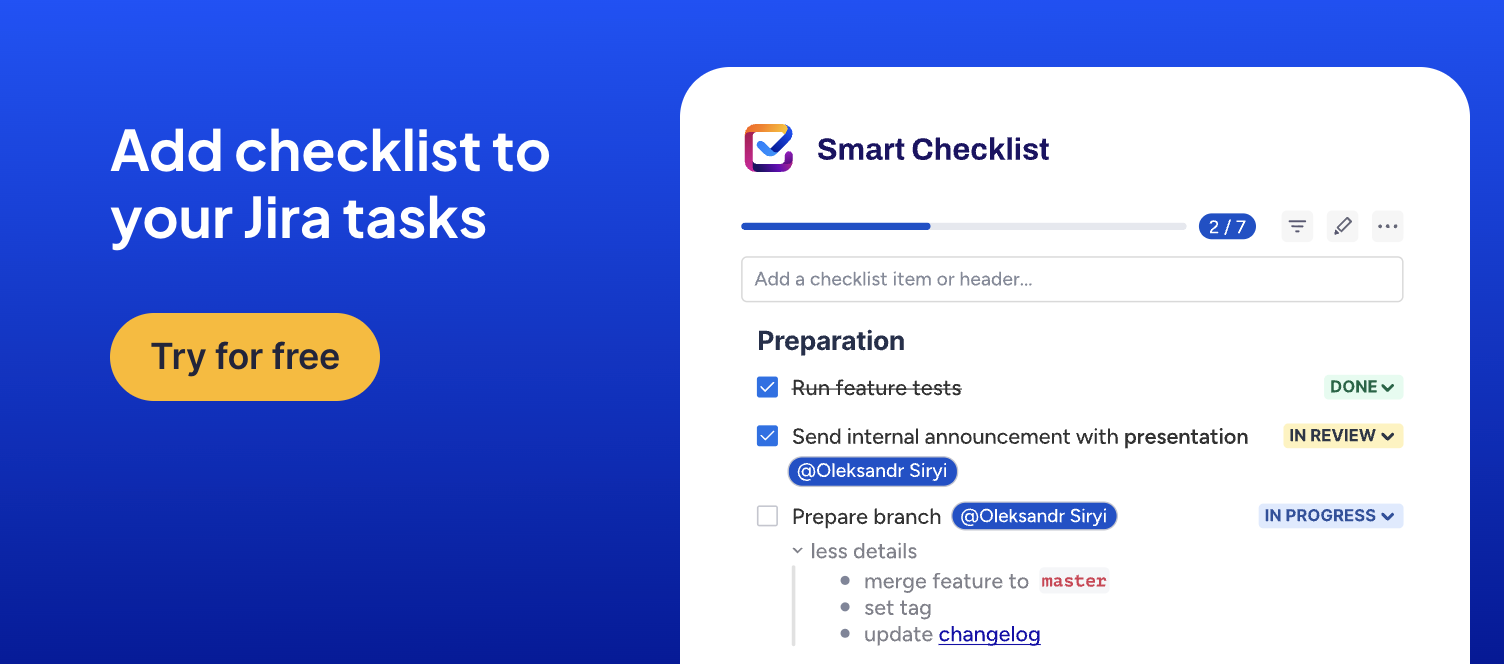What is the purpose of a Task in Jira?
Despite sharing the same hierarchy in Jira software, understanding the distinct purposes of tasks and stories is crucial for effective agile project management.
Stories represent work that directly delivers value to the end-user or the product. They often capture features or functionalities that fulfill a specific user need. For example:
- “As a user, I want to filter items by category to find what I need more quickly.”
Stories focus on outcomes that are meaningful to the user or stakeholder, giving context to the work being done.
On the other hand, tasks are specific activities or steps that help complete a story or address operational needs. While tasks often support stories, they can also exist independently for administrative or technical work. For instance:
- Related to a story:
- Develop a dropdown menu with multi-select options.
- Optimize the database query for faster search results.
- Independent:
- Migrate data from an old server.
- Write documentation for a new API.
By distinguishing between tasks and stories, teams can improve task tracking and track progress more effectively by focusing on the ‘why’ rather than the ‘how.’ This helps teams stay organized and in control.
Making Tasks and Stories work together
Tasks and stories are most effective when they complement each other. To ensure clarity, teams should establish clear relationships between them using Issue Links in Jira. Linking tasks to related stories makes dependencies visible and helps teams track progress more transparently.
When refining a story, teams should also evaluate whether parts of its scope can be broken down into linked tasks. Breaking complex stories into manageable tasks improves organization and execution, especially for large or technical initiatives.
Additionally, teams can structure their Jira board with distinct swimlanes for each issue type:
- A “Stories” swimlane highlights features or end-user goals.
- A “Tasks” swimlane shows the actions required to achieve those goals or complete operational work.
This setup makes the board easier to navigate. In the “Stories” lane, stakeholders can quickly review progress on user-facing features, while team members can focus on technical or operational steps in the “Tasks” lane.
Take, for instance, a story to implement a search filter broken down into smaller subtasks for better organization:
- Refactoring the search logic to support filtering by category.
- Designing the filter interface.
- Testing the feature across different browsers.
Separating Jira tasks from stories enables teams to allocate time and better balance workloads during sprint planning. Teams can plan to complete user-facing work while addressing necessary technical tasks, reducing bottlenecks, and maintaining steady progress.
This distinction also helps with reporting. Time tracking spent on tasks versus stories can provide insights into resource allocation, assisting teams in making more informed decisions in future sprints.
Pro Tip
To further streamline task execution, you can use Smart Checklist within tasks to break them into structured, actionable steps. This ensures that key implementation details such as development milestones, testing procedures, or deployment steps are clearly documented and consistently followed.












